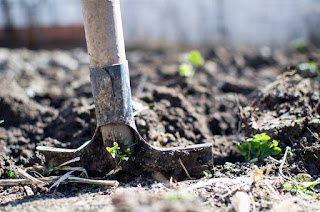Effect and benefits of
Agroforestry on Agriculture and living beings
Agroforestry
is the ecology management and is one of the three principal land-use sciences,
the other two being agriculture and forestry. In other words Agroforestry is a
system of land use where plants and crops are deliberately used on the same
land management units as annual agricultural crops and or animals, synchronously,
with the aim of obtaining greater outputs on sustained basis and agroforestry
encompasses promotion of components like woody perennials, crops, livestock and
other natural resources in temporal and spatial sequence which ultimately
alters livelihood options and sustainability. Agroforestry is a traditional
practices followed in some different parts of the world.
Rotational Agriculture
is a traditional shifting cultivation in which trees and woody species of
natural regeneration are rotated (5 to 40 years) with the cultivation of
annuals (1-3 years). Improvements in rotational agroforestry or shifting
cultivation can be made by substituting improved natural follows such as
multispecies tree gardens. These improved follows may also serve as woodlots,
home gardens and compound farms.
There are several
advantages of agroforestry; these are Conserves soil by improving the soil
structure and soil
erosion. Conserves environment by fixing carbon dioxide and
releasing oxygen, Provides fruit, fodder, timber and fuel wood, Increases
nutrient status of the soil, Enhances the efficiency of nutrient cycling, Increases
the organic matter content of the soil, Helps in maintaining the ground water
table, Protects the crop from detrimental effects of wind, Helps in improved
animal production through better quality fodder, Helps in development of
cottage industries and, Brings deep seated nutrient on the soil surface.
Alley cropping is an agroforestry
system in which planting rows of trees at wide spacing with a companion crop
grown and food crops are grown in alleys formed by contour hedge rows of trees
or shrubs. The hedge rows are preferably established from native trees or
shrubs. These trees are periodically pruned to prevent shading of food crops.
Shrubs and trees act as a windbreak, facilitate nutrient cycling, suppress weed
growth, decrease run-off and reduce soil.





Comments
Post a Comment